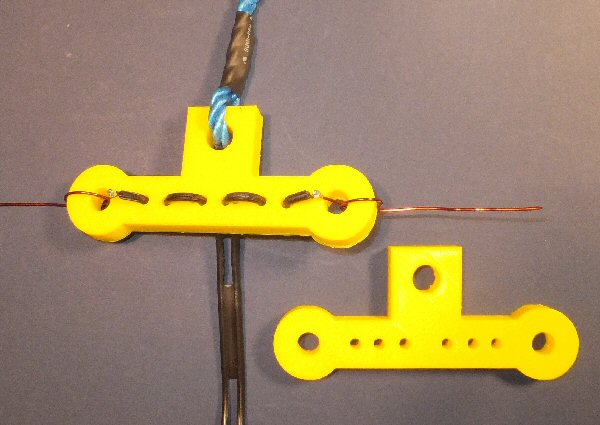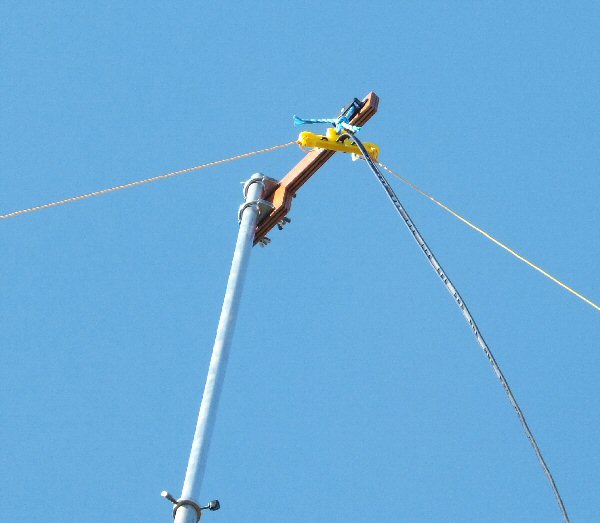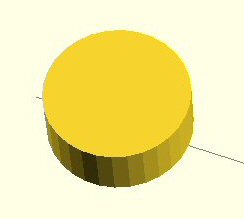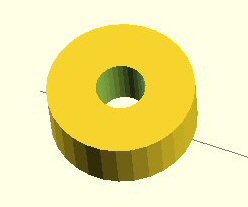3D printed dipole / inverted-V center
(notes on creating the device using openSCAD code)


|
OpenSCAD page OpenSCAD documentation |
".stl" file ".g" file ".scad" file |
my radio page |
my antenna page |
openSCAD code (doc file) |
back to 3D page |



THE CREATIVE SCIENCE CENTRE
home | diary | whats on | CSC summary | latest news